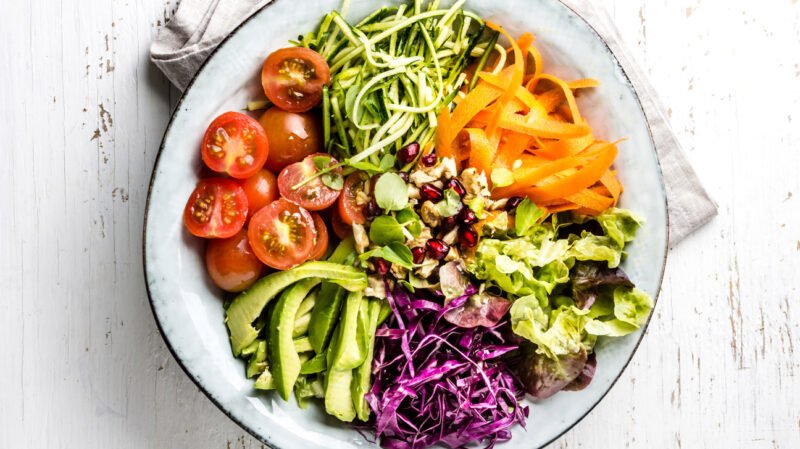Are you looking to eat healthier, feel better, and transform your life through natural foods? Look no further than our Raw Food Diet Meal Plan For 30 Days Guide To Beginners. This comprehensive guide will walk you through the basics of the raw food diet and provide you with a well-structured meal plan for 30 days.
The raw food diet is a natural and holistic approach to nutrition that emphasizes the consumption of whole unprocessed foods. By eating raw vegetables, fruits, leafy greens, sprouts, and raw nuts and seeds, you can nourish your body with essential nutrients and experience a wide range of health benefits.
Starting a raw food diet may seem overwhelming at first, but with the right guidance and mindset, it can be a rewarding and life-changing experience. Whether you’re a novice or have some experience with raw food, our guide will provide you with the necessary tools and knowledge to embark on a successful 30-day raw food challenge.
Key Takeaways:
- Discover the benefits of the raw food diet
- Learn what the raw food diet includes and excludes
- Get tips on how to start and maintain a raw food diet
- Explore a sample 30-day meal plan for beginners
- Understand the importance of variety and balance in a raw food diet
What Does the Raw Food Diet Include?
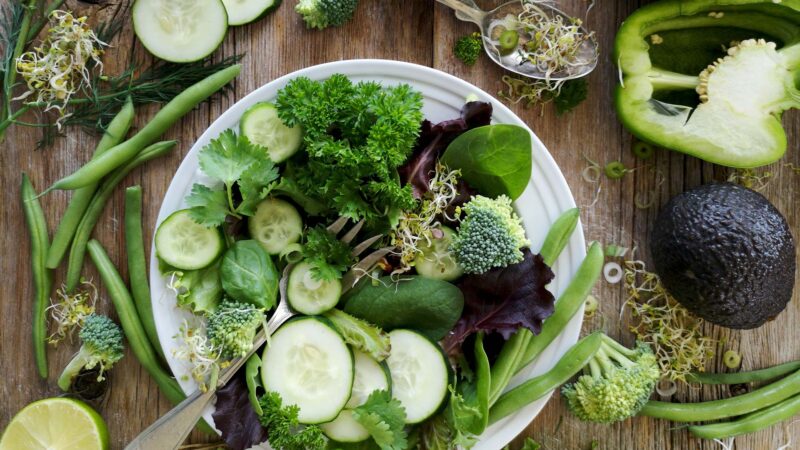
The raw food diet is centered around consuming whole, unprocessed foods that are in their natural state. This includes a wide variety of fresh, ripe fruits, vegetables, leafy greens, sprouts, and raw nuts and seeds.
It is recommended to choose organic options whenever possible to minimize exposure to pesticides and other harmful substances. While frozen fruits or vegetables are acceptable, it is important to ensure that no additional ingredients, such as sugars or preservatives, are added.
Dehydrating food is also allowed on the raw food diet, as long as it is done at a temperature no higher than 118 degrees Fahrenheit to preserve the enzymes and nutrients.
The majority of the raw food diet should consist of whole, unprocessed fruits, vegetables, and leafy greens or sprouts. These foods provide a rich source of vitamins, minerals, antioxidants, and fiber, which are essential for maintaining optimal health.
On the other hand, the raw food diet excludes prepackaged processed foods, grains, beans, dairy, eggs, meat, honey, vinegar, alcohol, caffeine, oil, and salt. By avoiding these foods, individuals following the raw food diet aim to eliminate artificial additives, preservatives, and unhealthy fats from their diet.
How to Start a Raw Food Diet

Starting a raw food diet can be an exciting and transformative journey towards a healthier lifestyle. To make the transition easier, here are some tips and basics to help you get started:
- Keep it simple: It’s important to keep your meals simple when starting a raw food diet. Focus on whole, unprocessed fruits, vegetables, nuts, and seeds. A typical day may consist of a refreshing smoothie or juice for breakfast, a satisfying fruit meal for lunch, and a delicious raw veggie salad or savory soup for dinner. The key is to listen to your body and eat until you feel satisfied.
- Use calorie counting apps: To ensure you’re meeting your body’s caloric needs, it can be helpful to use apps like FitDay.com or Cronometer.com. These tools will help you track your daily intake and ensure you’re getting enough nutrients to support your overall well-being.
- Get inspired: Keeping a raw food journal or exploring recipe ideas can provide you with endless meal inspiration. There are plenty of raw food recipe books, websites, and social media accounts dedicated to sharing delicious and nutritious raw food creations.
- Prioritize organic produce: While organic produce is preferred, it may not always be affordable. In such cases, referring to the Dirty Dozen List can help you prioritize which fruits and vegetables to buy organic.
- Family-friendly options: If you have family members who aren’t following a raw food diet, you can still find ways to make it work. You can ask them if they’d be willing to have plant-based cooked meals or incorporate raw meals as side dishes. Quick and easy raw food options like whole fresh ripe fruit, smoothies, veggie sticks, and energy bites can be enjoyed by everyone.
Remember, starting a raw food diet is a personal journey, and everyone’s experience will be different. It’s important to listen to your body, make adjustments as needed, and consult a healthcare professional if you have any concerns or underlying health conditions. With dedication and creativity, the raw food diet can be a delicious and nourishing way to improve your overall well-being.
Raw Food Diet Tips for Beginners
As a beginner on the raw food diet, it’s natural to have some questions and uncertainties. Here are some additional tips to help you navigate your journey:
- Start gradually: If the idea of diving into a fully raw diet seems overwhelming, you can start by incorporating more raw foods into your current eating habits. This gradual approach can help your body adjust and make the transition smoother.
- Experiment with new flavors: Embrace the opportunity to discover new flavors and textures. Try different varieties of fruits, vegetables, nuts, and seeds to keep your meals exciting and satisfying.
- Stay hydrated: Hydration is key to overall health, so make sure you’re drinking enough water throughout the day. You can also include hydrating foods like watermelon and cucumber in your meals.
- Join a supportive community: Connecting with others who are also following a raw food diet can provide you with a sense of community and support. Look for online forums, social media groups, or local meetups to share experiences, recipes, and tips.
Remember, the raw food diet is all about nourishing your body with natural, unprocessed foods. It’s a lifestyle choice that can lead to improved health and well-being. By following these tips and embracing the journey, you’re setting yourself up for a successful raw food lifestyle.
| Raw Food Diet Basics | Raw Food Diet Tips |
|---|---|
| Eat whole, unprocessed fruits, vegetables, nuts, and seeds. | Start gradually and incorporate more raw foods into your current diet. |
| Listen to your body and eat until you feel satisfied. | Experiment with new flavors and embrace variety in your meals. |
| Use calorie counting apps to ensure you’re meeting your nutritional needs. | Stay hydrated by drinking enough water and including hydrating foods. |
| Prioritize organic produce when possible. | Join a supportive community to connect with others on a raw food diet. |
Benefits of the Raw Food Diet
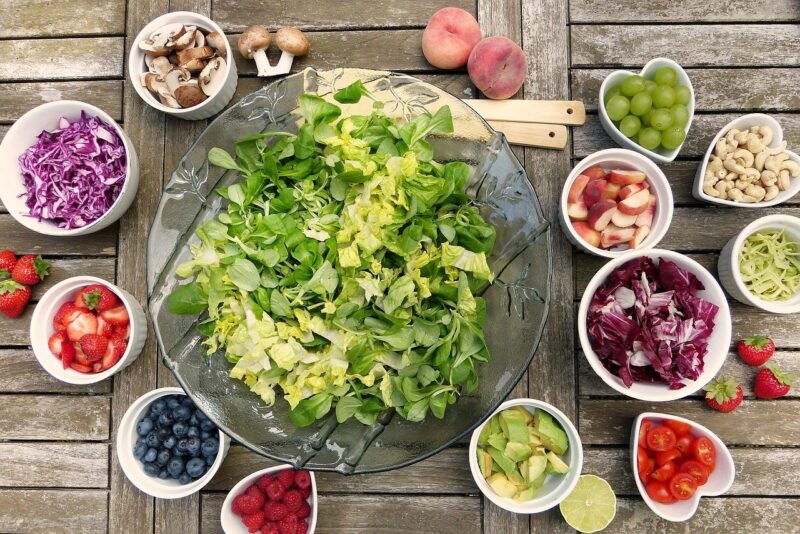
Embarking on a 30-day raw food diet can bring about a multitude of benefits for your overall health and well-being. By consuming whole, unprocessed foods in their natural state, you provide your body with essential nutrients, antioxidants, and enzymes that can support digestion and promote optimal functioning.
One of the key advantages of the raw food diet is improved digestion. Raw foods are rich in fiber, which aids in maintaining regular bowel movements and preventing constipation. Additionally, the presence of enzymes in raw foods can enhance your digestive system’s efficiency, allowing for better nutrient absorption and reducing the likelihood of bloating or discomfort.
Weight management is another significant benefit of the raw food diet. By focusing on nutrient-dense fruits, vegetables, and nuts, you can experience a feeling of fullness while consuming fewer calories. This can lead to gradual and sustainable weight loss, helping you achieve your desired weight and maintain it in the long term.
“By eliminating processed and synthetic foods, the raw food diet promotes the body’s natural cleansing and healing process.”
In addition to improved digestion and weight management, the raw food diet can contribute to your overall health by providing essential nutrients in their natural state. Raw foods are abundant in vitamins, minerals, healthy fats, and beneficial acids that are readily absorbed and utilized by your body. These nutrients support various bodily functions, from boosting your immune system to promoting healthy skin and hair.
Moreover, the raw food diet encourages the body’s natural detoxification and healing processes. By eliminating processed and synthetic foods, you allow your body to focus on eliminating toxins and promoting cellular repair. This can result in increased energy levels, enhanced mental clarity, and improved overall vitality.
How to Maintain a Raw Food Diet for 30 Days
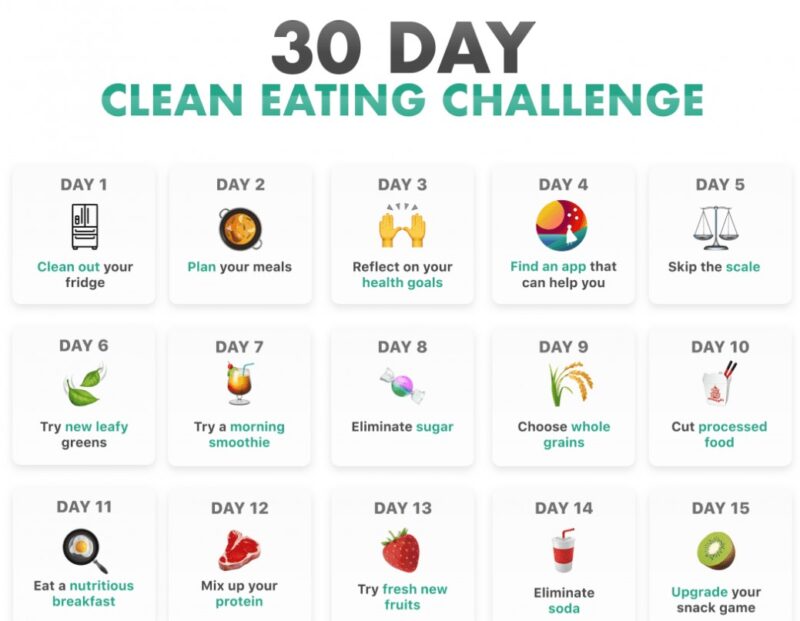
When embarking on a 30-day raw food challenge, it’s important to have a well-structured meal plan to ensure a balanced and sustainable diet. If you are a busy person and don’t have the opportunity to eat in your home you can arrange your food in food storage containers so that you can take your diet food with you.
Here is a sample weekly meal plan to help you maintain a raw food diet for 30 days:
| Meal | Options |
|---|---|
| Breakfast | Fruit salads or porridge |
| Mid-Morning Snack | Nuts or seeds |
| Lunch | Vegetable salads or soups |
| Afternoon Snack | Dried fruits or raw crackers |
| Dinner | Raw entrees like veggie burgers or raw pizzas |
It’s important to consume a variety of raw fruits, vegetables, nuts, and seeds to ensure a balanced intake of essential nutrients. Consider using raw appliances such as blenders and food processors to prepare delicious and nutritious meals.
Listening to your body’s cravings is crucial during a raw food challenge. If you find yourself craving non-raw foods in social situations, it’s helpful to have a plan in place to deal with those situations. Communicating with friends and family about your dietary preferences can also help avoid misunderstandings.
Conclusion
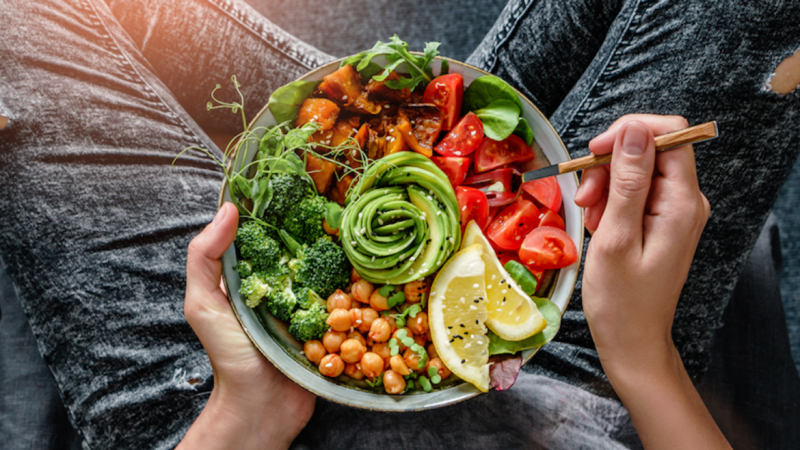
After following the Raw Food Diet Meal Plan for 30 Days, I can confidently say that it is a powerful way to improve your health and transform your life. As a beginner’s guide to the Raw Food Diet, this meal plan provides a structured approach to adopting a natural and nutritious way of eating.
Throughout the 30-day journey, I discovered the importance of consuming a variety of raw fruits, vegetables, nuts, and seeds to ensure a balanced intake of essential nutrients. The diet’s benefits, such as improved digestion, weight loss, and dental health, were evident in my own experience.
However, it is vital to consult a healthcare professional before starting the Raw Food Diet, especially if you have specific medical conditions or are pregnant or breastfeeding. Seeking professional guidance ensures that you embark on this journey safely and with knowledge tailored to your individual needs.
With dedication and proper planning, the Raw Food Diet can become a sustainable and enjoyable way to nourish your body and achieve optimal health. So, if you’re ready to take control of your well-being, try the Raw Food Diet Meal Plan For 30 Days and experience the transformative power of natural foods.
FAQ
What foods are included in the raw food diet?
The raw food diet includes whole unprocessed foods, whole, fresh, ripe fruit, vegetables, leafy greens, sprouts, and raw nuts and seeds.
Can I eat frozen fruits or vegetables on the raw food diet?
Yes, frozen fruits or veggies are acceptable as long as there are no added ingredients.
Can I dehydrate food on the raw food diet?
Dehydrating food is allowed, but it should be done at a temperature no higher than 118 degrees Fahrenheit.
What foods should I avoid on the raw food diet?
The raw food diet excludes prepackaged processed foods, grains, beans, dairy, eggs, meat, honey, vinegar, alcohol, caffeine, oil, and salt.
How should I structure my meals on the raw food diet?
A typical day on the raw food diet may include a 32-48 ounce smoothie or juice for breakfast, a fruit meal for lunch, and a choice of raw vegetable dishes or a savory soup for dinner.
How can I ensure I’m getting enough calories on the raw food diet?
It is important to eat enough calories to meet the body’s needs, and two apps, FitDay.com and Cronometer.com, can help with calorie counting.
What if I can’t afford to buy organic produce?
If organic produce is not affordable, the Dirty Dozen List can help prioritize which produce to buy organic.
What are some quick and easy raw food options?
Quick and easy raw food options include whole fresh ripe fruit, smoothies, veggie sticks, and energy bites.
What are the benefits of the raw food diet?
The raw food diet offers various benefits, including improved digestion, weight loss, increased nutrient intake, and enhanced dental health.
How can I maintain a raw food diet for 30 days?
To maintain a raw food diet for 30 days, it is important to have a balanced and well-structured menu, consume a variety of raw fruits, vegetables, nuts, and seeds, and use raw appliances for meal preparation.
Do I need to consult a healthcare professional before starting the raw food diet?
It is essential to consult a healthcare professional before starting the raw food diet, especially for individuals with certain medical conditions or who are pregnant or breastfeeding.

